Canadian landscape painter Tom Thomson (1877–1917) was enthralled by clouds in all their variety—clouds in stormy weather, puffy clouds on bright summer days, clouds bringing rain or snow, or clouds, as in Sunset, setting the sky on fire. His constant preoccupation with skies, clouds, and sunsets reached a peak with this painting as he entered the most productive and accomplished period of his short career (1915–1917).
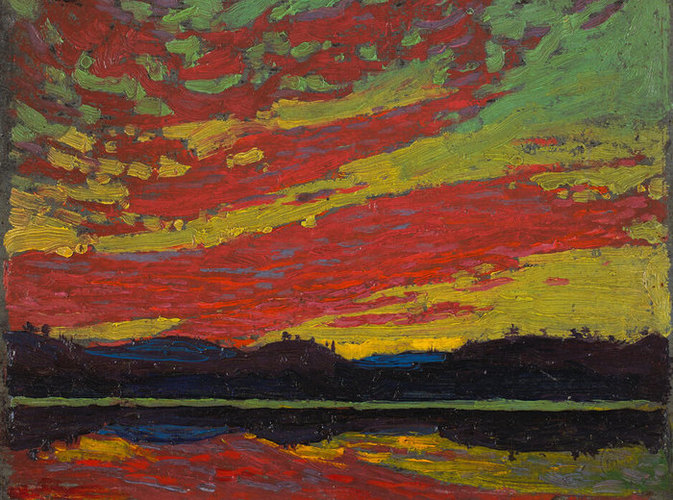
Tom Thomson, Sunset, 1915
Oil on composite wood-pulp board, 21.6 x 26.7 cm, National Gallery of Canada, Ottawa
The blood-soaked sunsets painted by the Norwegian artist Edvard Munch (1863–1944) had startled the world in the mid-1880s after Krakatoa, in 1883, blew tons of volcanic ash into the atmosphere to produce sunsets never seen before. Nature gave Thomson similar assistance in 1915 after the volcanic eruption of California’s Lassen Peak in May that year—the “Great Explosion”—caused spectacular sunsets in the northern hemisphere.
Thomson sketched this scene from a canoe, almost at water level, with the universe wrapped around him. He portrays the sunset in shocking hues and agitated brushwork, with a blazing reflection in the lake that doubles its allure, magic, and power. He paints not just crimson clouds but an acid yellow-and-green sky behind them. With this small image, he takes liberties and soars above mere documentation, capturing the brilliance, drama, and fleeting nature of a sunset in Algonquin Park.
This Spotlight is excerpted from Tom Thomson: Life & Work by David P. Silcox.
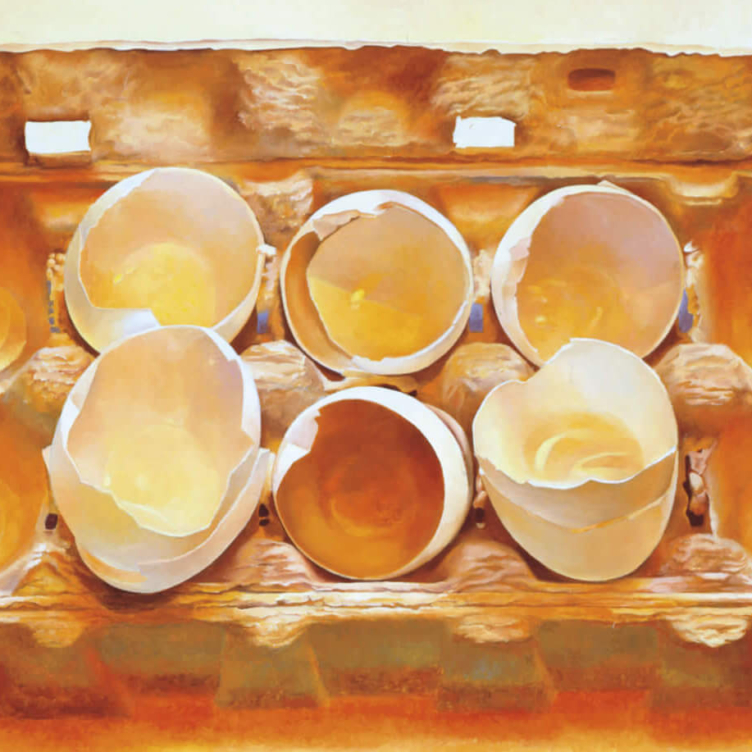 The Weight of Absence
The Weight of Absence
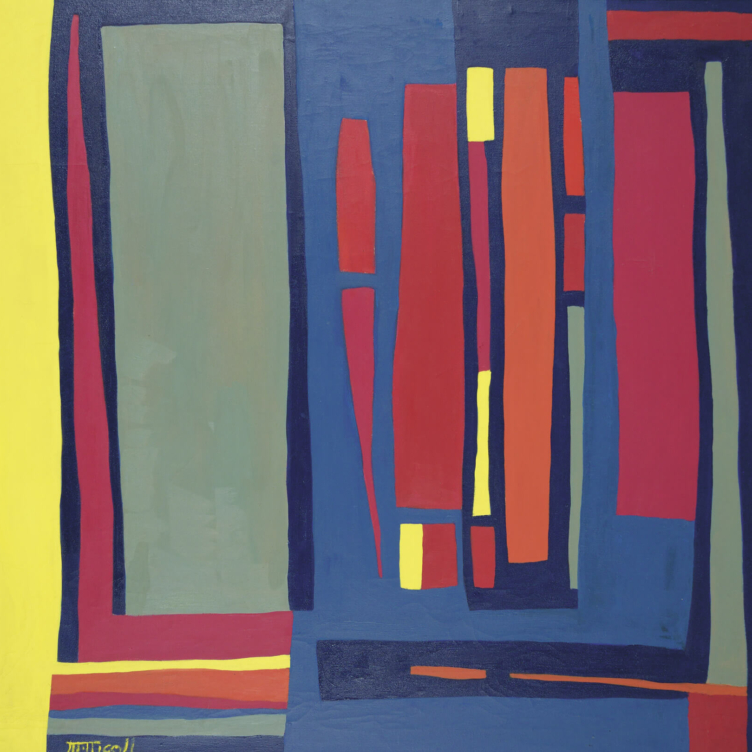 Abstract Alberta
Abstract Alberta
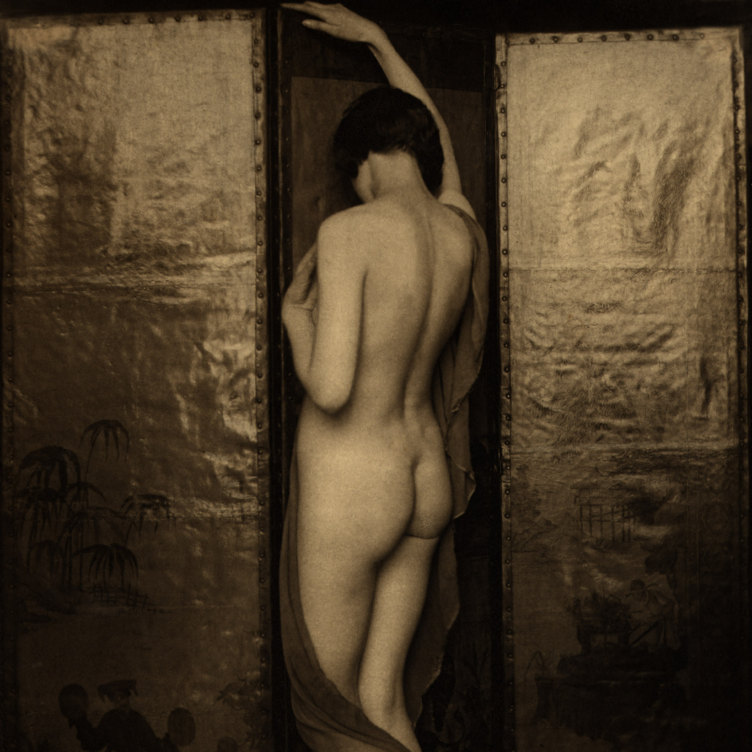 The Art of the Body
The Art of the Body
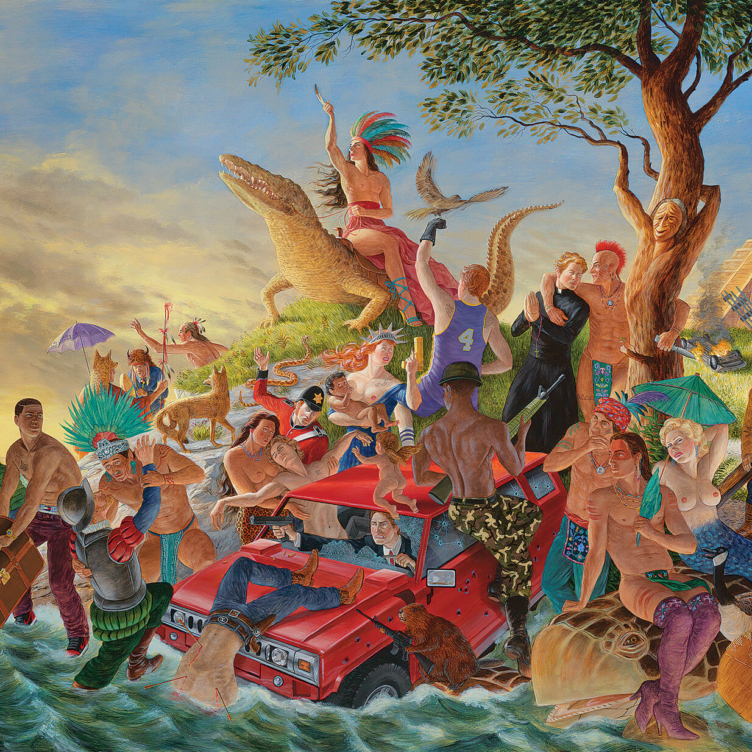 Rococo Riff
Rococo Riff
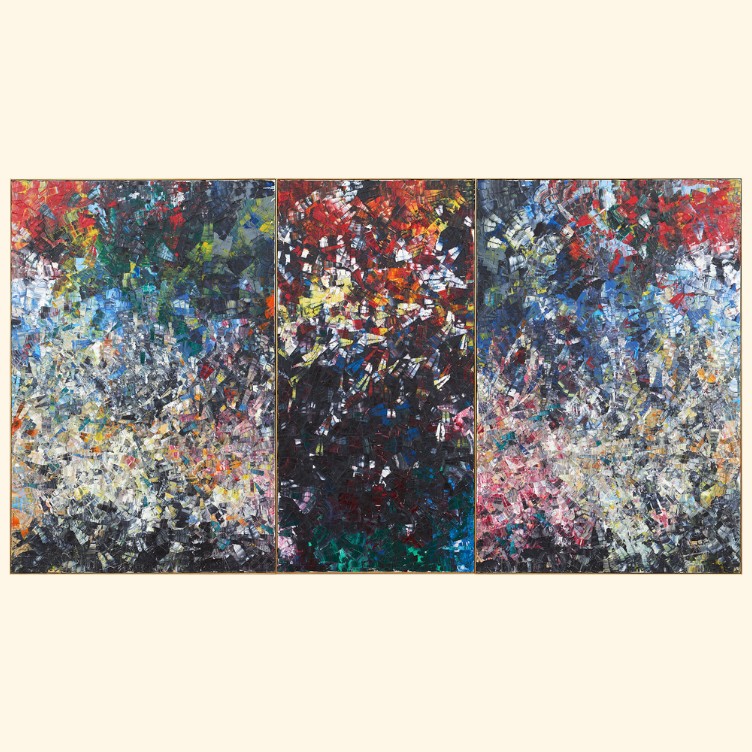 In Memory of Monet
In Memory of Monet
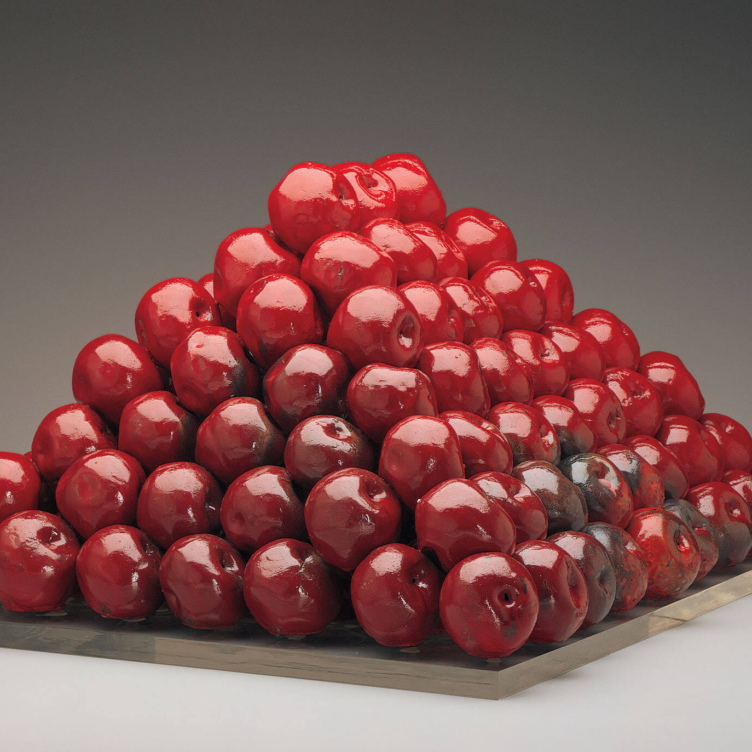 Pyramid Scheme
Pyramid Scheme
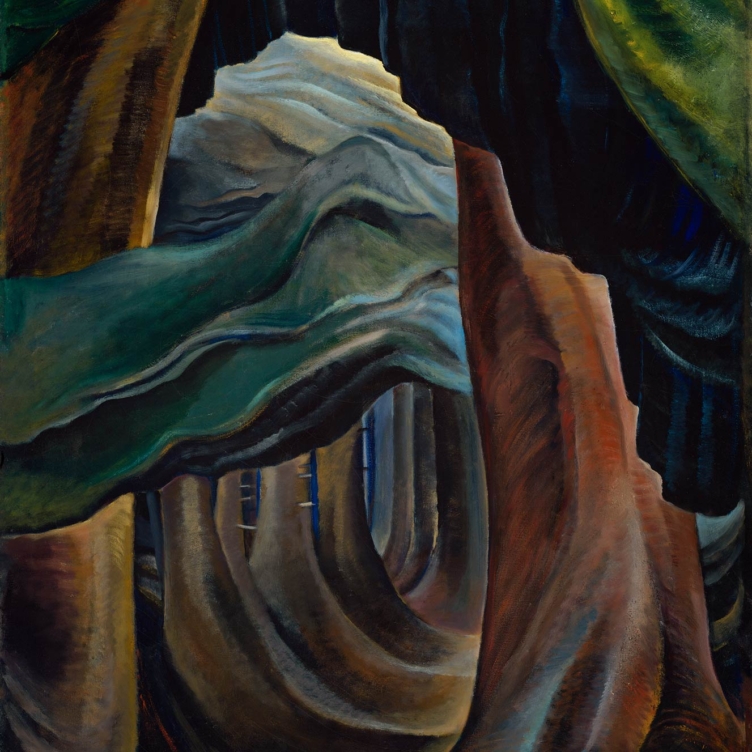 Transportive Trunks
Transportive Trunks
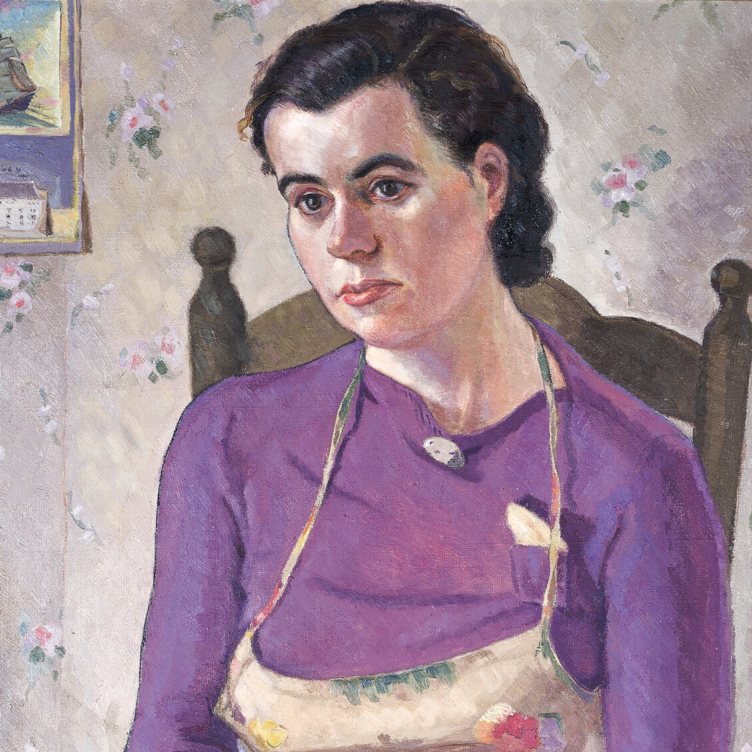 The Military Mate
The Military Mate
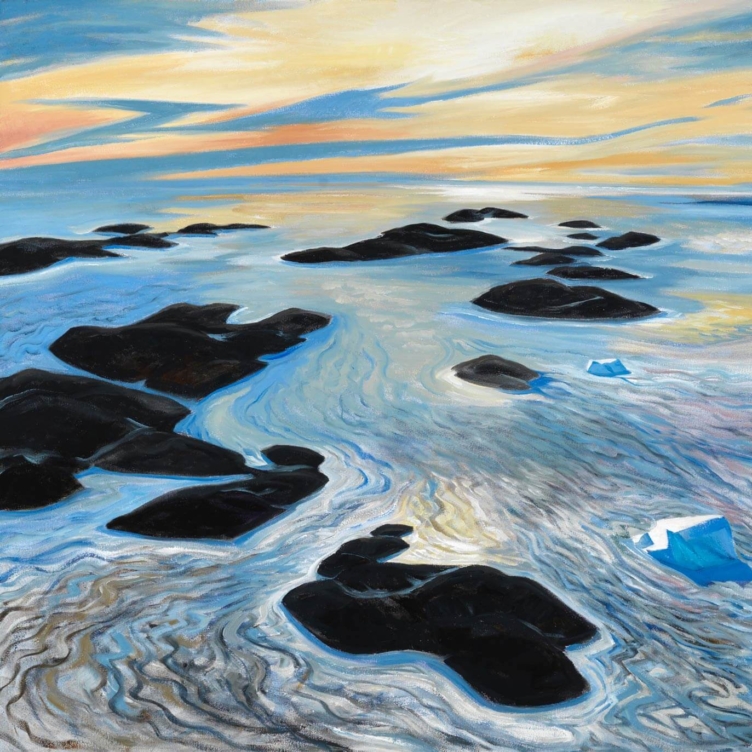 Looking Up on the World
Looking Up on the World
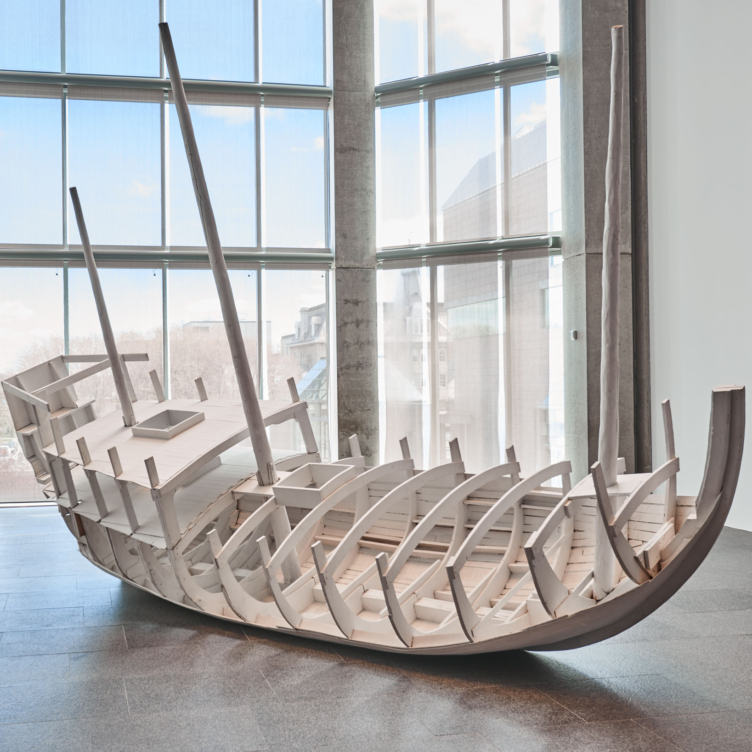 Vessel of Despair
Vessel of Despair
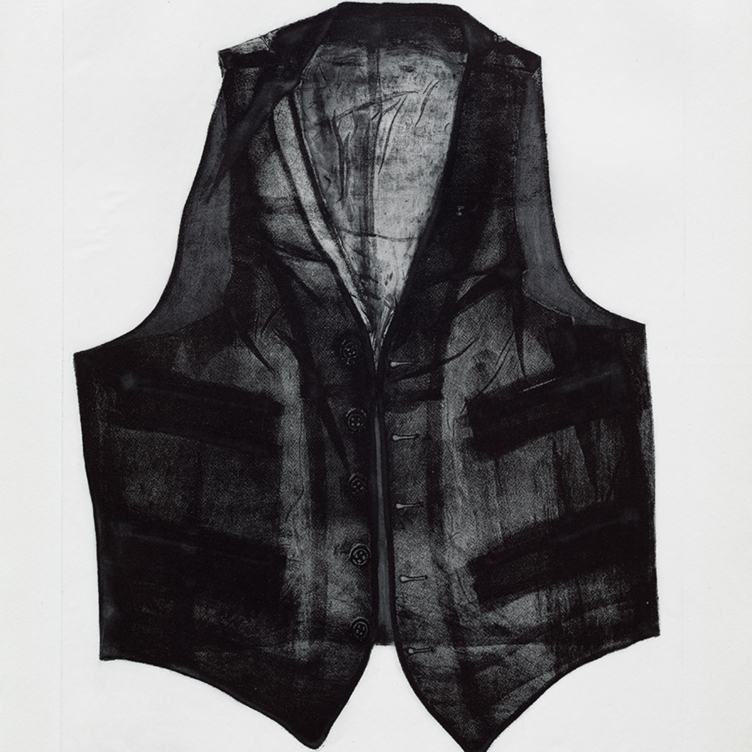 Layers of Meaning
Layers of Meaning
 In Parallel to Nature
In Parallel to Nature
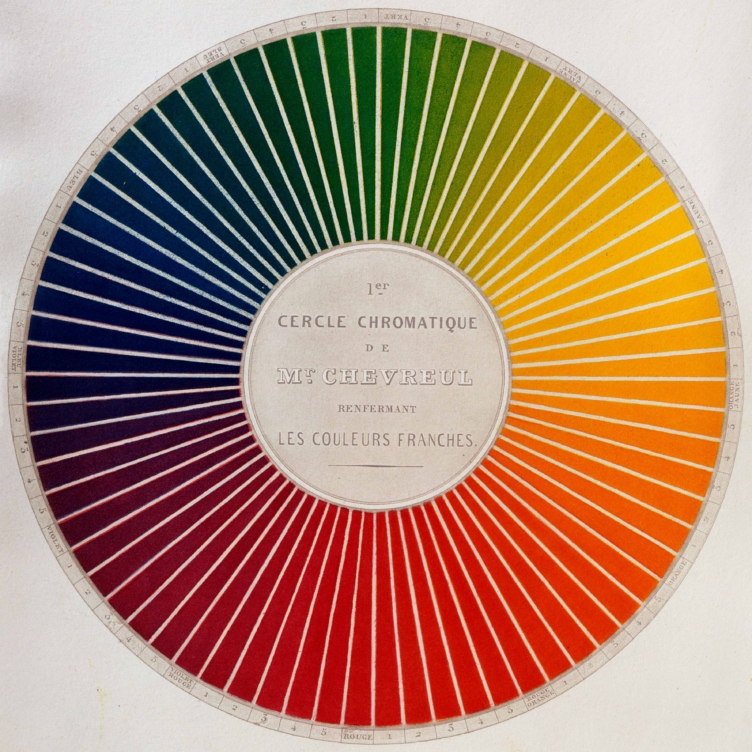 Wheel of Fortune
Wheel of Fortune
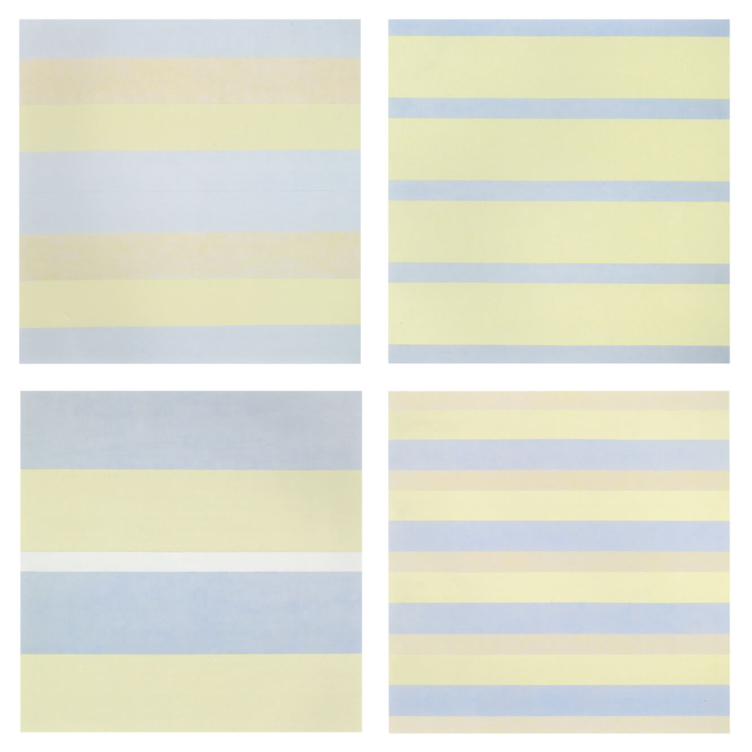 Paintings after emotional states
Paintings after emotional states
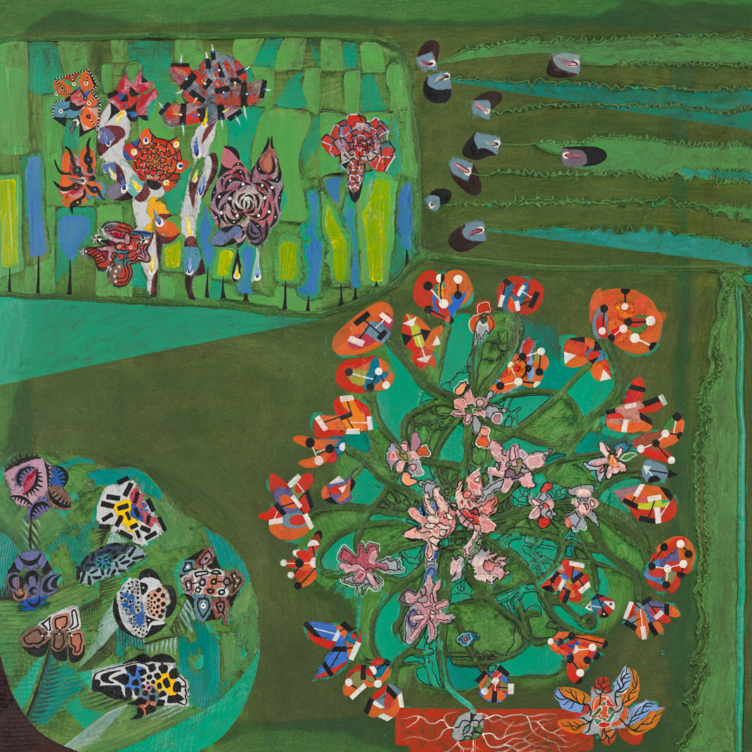 Garden of Delight
Garden of Delight
 Stitching the Archives
Stitching the Archives
 A Working-Class Hero
A Working-Class Hero
 Imagining Entangled Futures
Imagining Entangled Futures
 Bridging Far and Near
Bridging Far and Near
 Soft Power
Soft Power